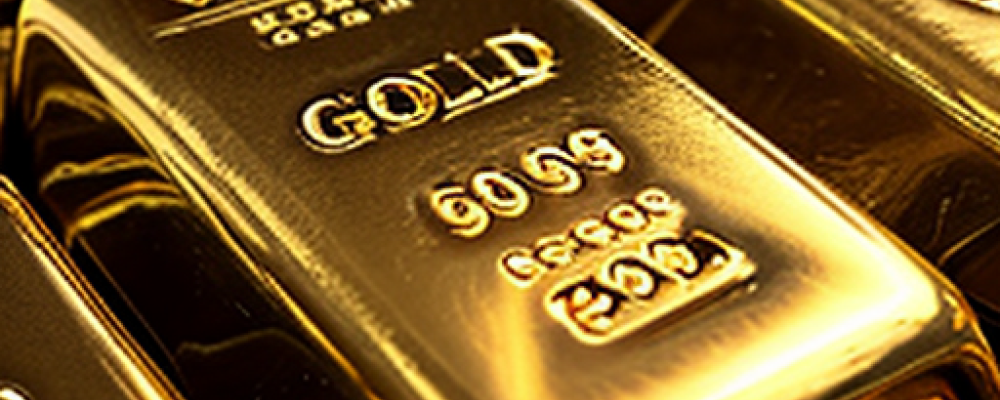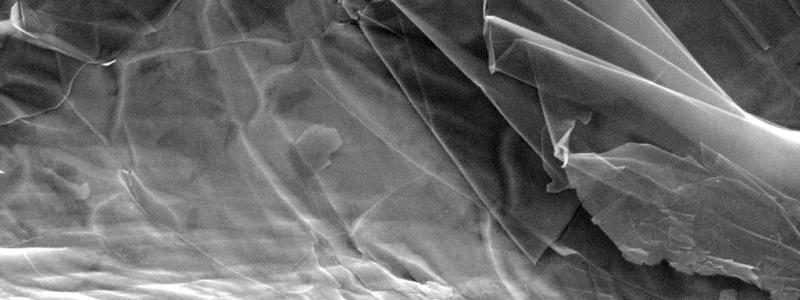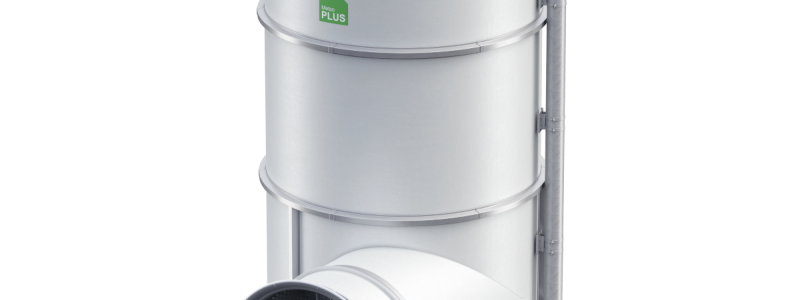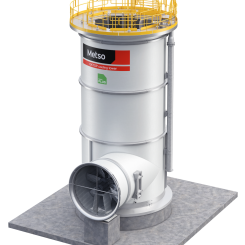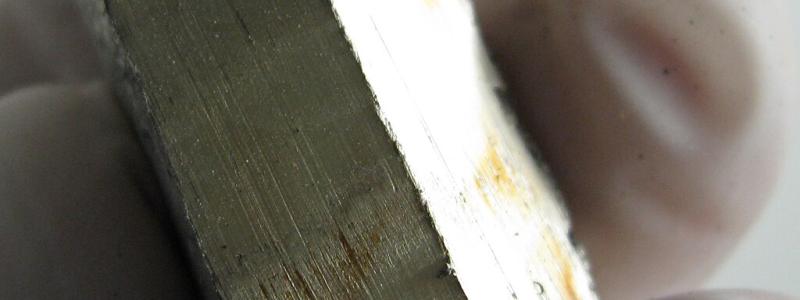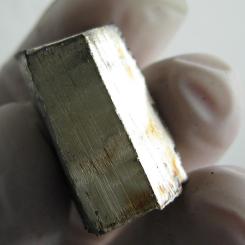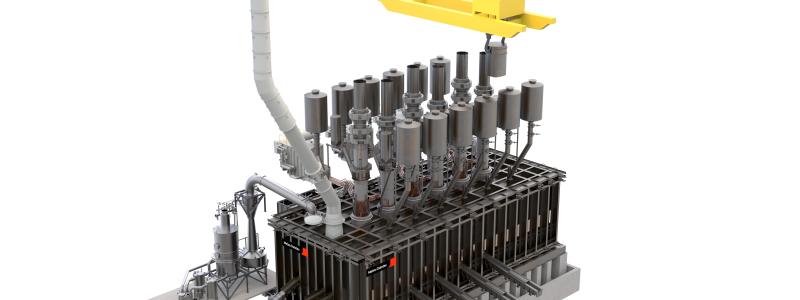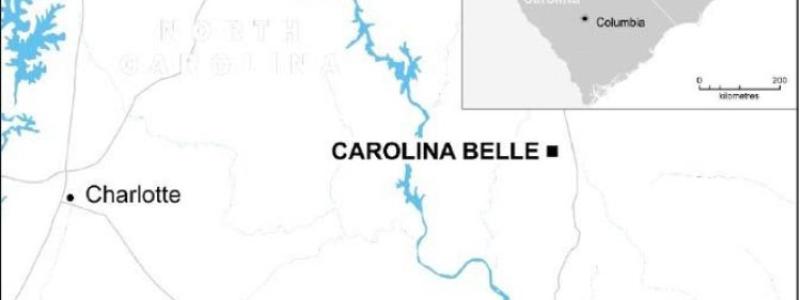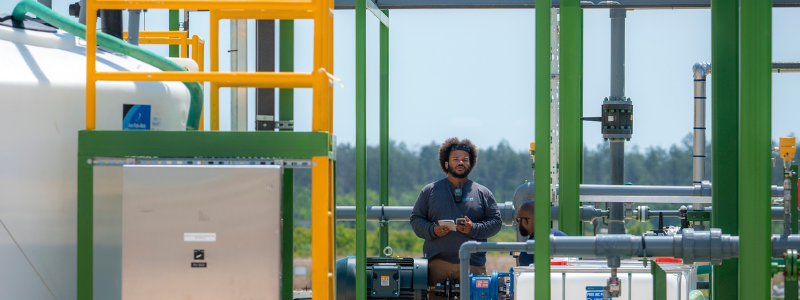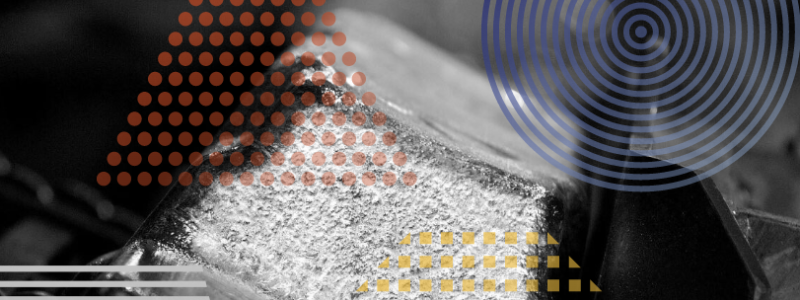The German central bank is currently taking back much of its overseas gold, but some of the reserves is going to stay abroad.
It was a scare from Germany’s Federal Audit Office that the public actually paid attention to. In 2012 financial controllers said they were unsure whether the gold reserves of Germany’s Bundesbank actually physically existed.
The Federal Audit Office demanded the central bank make regularly spot checks so that gold reserves abroad should be “physically counted and their authenticity and weight” confirmed.
We’re not talking peanuts here. Following the United States, Germany has the world’s largest gold reserve, constituting two-thirds of German currency reserves. And in 2012, around 70 percent of the total of 3,378 tons of the precious metal (total value around €119 billion or $132.98 billion) was in the vaults of foreign central banks.
The Bundesbank took the suggestion to heart and discretely transferred 300 tons of gold stored in the vaults of the US Federal Reserve to Frankfurt over the past years. Over 100 tons were brought home in 2016 alone.
This year, the plan is to continue to increase gold reserves at home. To make that happen, the Bundesbank is removing its complete reserves from neighboring France. It has planned to cart 91 tons of gold under the strictest security conditions from the Banque de France to Wilhelm-Epstein-Strasse in Frankfurt by the end of this year. Altogether the Bundesbank wants to have close to 680 tons from abroad back in Germany’s own vaults.
That means 50 percent of Germany’s gold will still be stored abroad. It’s a deliberate decision. While intention was once to safeguard the precious metal from Soviet access during the Cold War, today it serves as a national shield against possible currency crises.
The Bundesbank states for the record that its storage plan is based on “the two primary functions of the gold reserves: to build trust and confidence domestically, and the ability to exchange gold for foreign currencies at gold trading centers abroad within a short space of time.” This means that in case of a severe currency crisis, it can sell or pawn the gold remaining abroad in the US and the United Kingdom for hard currency. Since France is part of the euro zone, the storage space at the Banque de France has no strategic value, thus why it’s been eliminated.
Germany’s gold reserves are a legacy of the Bretton Woods monetary system agreed to in 1944, and named after the little town in New Hampshire where 44 nations gathered to hammer out the rules for commercial and financial relations, the so-called gold exchange standard.
On the one hand, this standard established a set exchange rates for each currency tied to the US dollar. On the other, the US Fed was obligated to exchange the dollar reserves of the member states for gold at any given time for a fixed purchase price of $35 dollars per troy ounce (about 31.1 grams).
In this system, which lasted until the beginning of the 1970s, trade surpluses resulted in mounting gold reserves. Since Germany was already exporting more than it imported back then, its gold reserves quickly multiplied.
The gold reserves in France and Great Britain also trace back to trade surpluses and were created primarily in the 1950s within the framework of the European Payments Union (EPU). The bilateral surpluses and deficits of each member state were accounted for in the EPU. Member states with outstanding debts were required to pay a certain amount of the debt in gold. Driven by Germany’s rapid economic recovery (or “Wirtschaftswunder”), the Bundesbank’s gold reserves skyrocketed from 24.6 tons at the end of 1951 to 1,514.6 tons in 1958.
Stored today in the strongrooms of the Bundesbank’s headquarters, which has been being guarded around the clock by the German federal police since 2015, are close to 270,000 bars. In past years, the Bundesbank has only sold around 0.1 percent of its reserves annually. The buyer was the finance ministry that minted coins with it. According to the Bundesbank, other sales are out of the question and this is a strategy considered sensible by economists, although gold does not yield steady returns.
- In a major crisis or a breakdown of the monetary system, the demand for gold, and therefore its price, would shoot up. The Bundesbank’s gold would then be worth so much that it could save the euro solely based upon the confidence the markets place in it,” says economist Jörg Guido Hülsmann from the University of Angers. The Bundesbank prefers to express this with a bon mot: Gold is “worth the most when it doesn’t have to be turned into cash.”
Source: WirtschaftsWoche.









